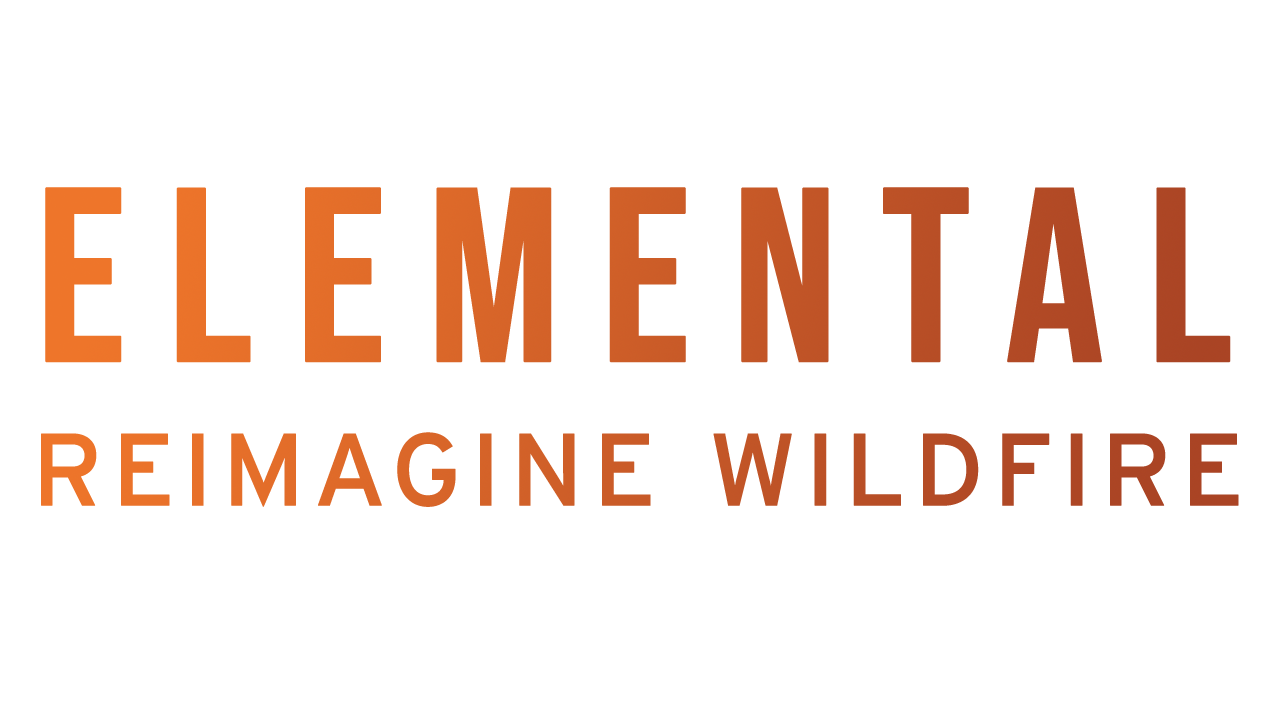
“How can I prepare?”
After watching Elemental, people want to take action.
They want to make sure their own home is prepared for fire and ensure that their entire community is safe; and they want the financial support and expertise to make it happen.
Fact - 90% of all homes are ignited by flying embers, embers that penetrate the house or ignite flammable bark mulch next to it.
Solution - Change the characteristics of your home to reduce the chances it will ignite. The most durable, effective and scalable solution is: hardening homes, businesses and communities so they don’t burn in fires.
Cost - A new home built to wildfire-resistant codes can be constructed for roughly the same cost as a typical home. Costs vary for retrofitting an existing home to be wildfire-resistant, prioritize the smaller project first.
Want to find out what you can do to protect your home and keep your insurance?
Visit wildfireprepared.org
Videos with the experts.
Fire Safe Sonoma
Take a deep dive with the Insurance Insttitue for Business and Home Safety.
National Fire Protection Association.
Nothing beats the original!
“While extreme wildfires will evade control and inevitably spread to communities, wildland urban fire disasters are not inevitable.”
Extensive experiments and research has quantified “local ignition conditions” to be an area of a home and its immediate surroundings within 100 feet. What happens in this relatively small area determines whether homes ignite or not during extreme wildfires. This research identities fire destruction as a home ignition problem that can be prevented by readily addressing home ignition vulnerabilities within this area. While we will continue to need suppression and fire fighting resources and there may be reasons for forest restoration actions to protect forest values, homes can be protected without controlling wildfires through suppression or vegetation management over larger areas.

“You don’t have to live in a concrete ammo bunker to live with wildfire.”
— Dr. Jack Cohen



